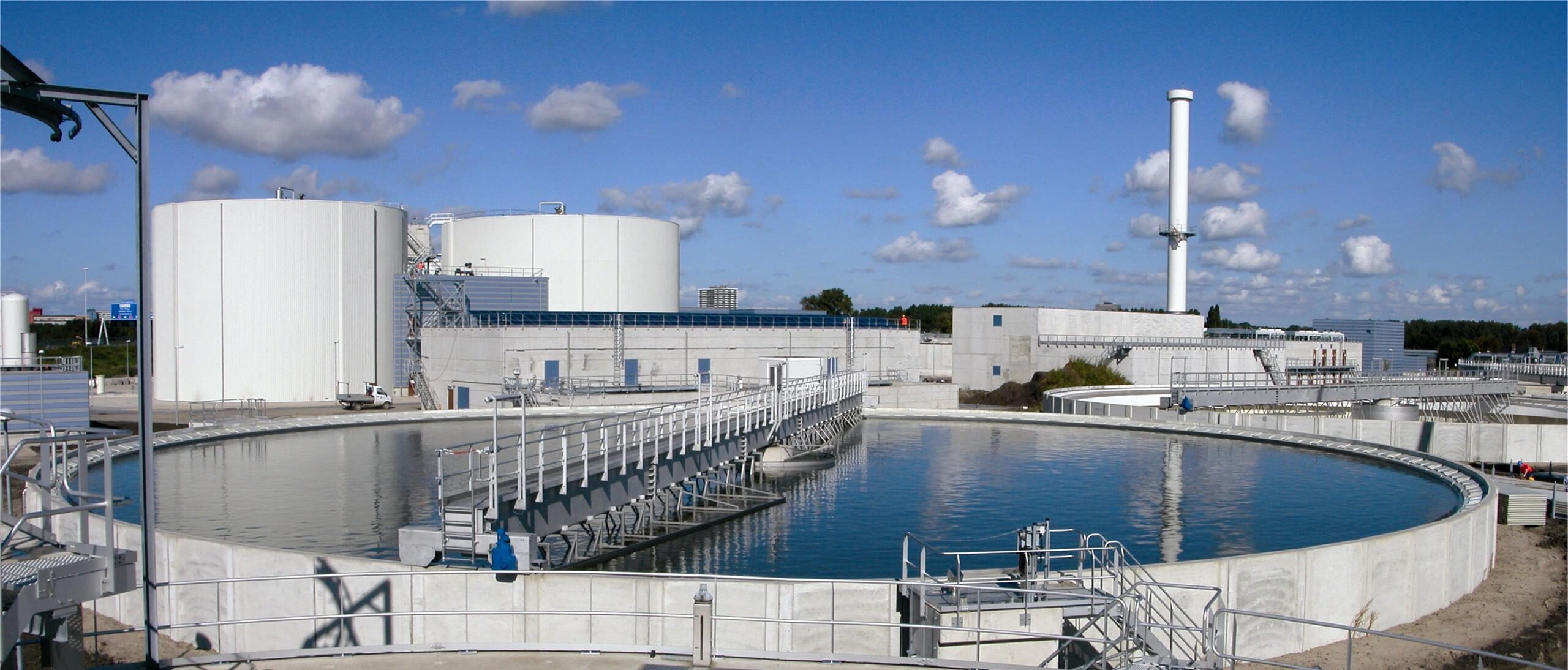Capturing rainwater from your roof is a great way to supply water for a range of purposes including washing clothes, flushing toilets, and watering your garden.
Rainwater tanks can also help you save money on your water bill, especially if you also use other water-saving devices such as:
- Dual-flush toilets;
- Water-efficient showerheads;
- Trigger nozzles; and
- Tap timers.
Rainwater tanks can save up to 40,000 liters per household per year.
Before you purchase or install a rainwater tank there are several considerations to make, including:-
- Choosing the right tank for your needs;
- Organizing installation and maintenance;
- Ensuring safety and water quality;
Safety and quality water

Ensure the the quality of water depends on correct design and installation, followed by sensible maintenance of your rainwater tank and catchment area.
When installed your tank should be covered. Every access point, except the inlet and overflow, should be sealed. If an access point is left uncovered, it will pose a risk of children, adults, and animals drowning or contaminating the water.
The inlet should incorporate a mesh cover and a strainer to keep out foreign matter, and to stop mosquitoes and other insects from getting into the tank. The overflow should also be covered with an insect-proof screen.
You shuold not use a rainwater tank to supplement or provide your main source of drinking water if you live in an area affected by heavy traffic, industry, incinerators, and/or smelters

